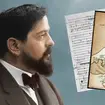Debussy: 20 facts about the great composer
Discover Claude Debussy’s best music, and find out facts about his life in celebration of the 150th anniversary of his birth.
-

1. Debussy is born in France
Debussy was born in Saint-Germain-en-Laye, near Paris, on 22 August 1862. He was the eldest of five children.
-
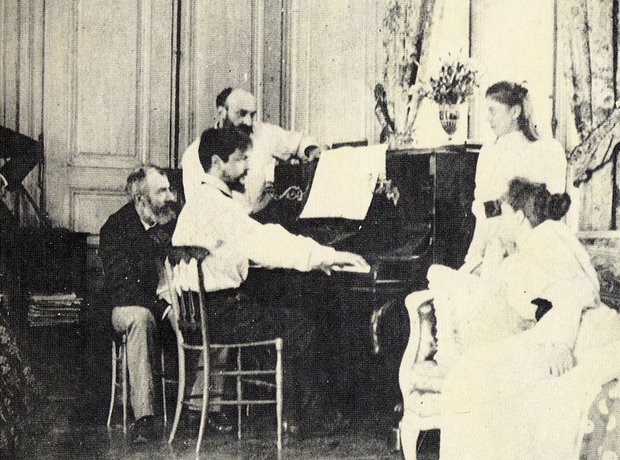
2. Debussy's piano music
The young Debussy started piano lessons at the age of seven. His family weren't all that musical: his father owned a china shop, and his mother was a seamstress.
-
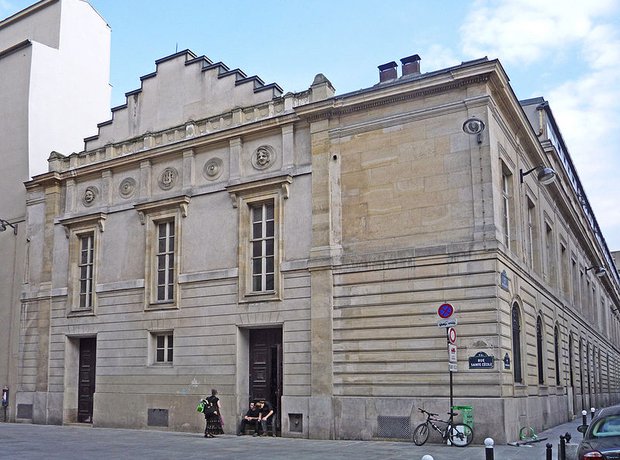
3. Paris Conservatoire
Aged ten, Debussy started his studies at the Paris Conservatoire. During the next eleven years, he studied composition with high flying French musicians including Émile Durand and César Franck, but failed to win the premier prix for piano, so abandoned his dream of becoming a virtuoso.
-

4. Debussy and Tchaikovsky
Debussy went travelling with Tchaikovsky’s wealthy patroness, Nadezhda von Meck. In 1880 she sent Debussy’s Danse bohémienne to Tchaikovsky, but he wasn’t really sold on it: “It is a very pretty piece, but it is much too short,” he wrote. “Not a single idea is expressed fully, the form is terribly shriveled, and it lacks unity.”
-
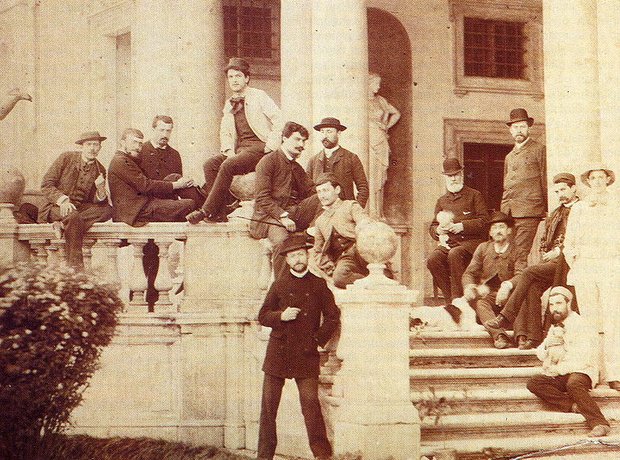
5. Debussy wins the Prix de Rome
Debussy won the Prix de Rome for composition, with his piece L’enfant prodigue. This meant he received a scholarship to the Académie des Beaux-Arts in the Villa Medici (pictured), and had to complete a four-year residence from 1885-1887. He was pretty unhappy there – sometimes he was so distressed he was unable to compose.
-
-
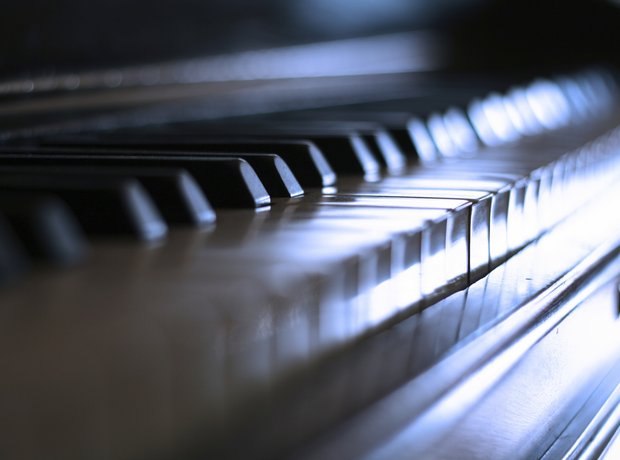
6. Suite bergamasque
The Suite bergamasque is one of Debussy’s most famous piano suites. He started writing it in 1890, but didn’t publish the work until 1905.
-

7. 'Clair de lune', from Suite bergamasque
Debussy’s Suite bergamasque is made up of four movements, of which his beautiful Clair de lune is the third, after the ‘Prélude’ and ‘Menuet’, and before the ‘Passepied’. The relaxing music is inspired by a poem, written by French poet Paul Verlaine.
-

8. Prélude à l'après-midi d'un faune
Based on a poem by Stéphane Mallarmé, Debussy’s symphonic poem for orchestra was first performed in 1894. It describes the dreams of a faun, a mythical half-human, half-goat figure, in the afternoon heat.
-

9. Debussy's Parisian critics
Some of Debussy’s music, like the Prélude à l'après-midi d'un faune, was so harmonically unusual that it didn’t enthrall critics at the time. One critic scoffed after the premiere: “The faun must have had a terrible afternoon!”
-

10. Nocturnes
The three movements of Debussy’s Nocturnes, Nuages (Clouds), Fêtes (Festivals), and Sirènes (Sirens) were inspired by a series of impressionist paintings by James Abbott McNeill Whistler. He finished the work in December 1899.
-
-
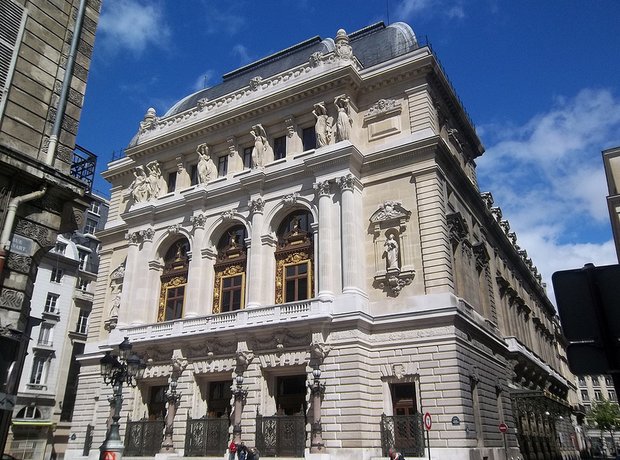
11. Debussy's only opera: Pelléas et Mélisande
Pelléas et Mélisande is Debussy’s only opera, and it’s considered to be a landmark in 20th-century music. The five-act love story premiered at the Opéra-Comique in Paris in April 1902.
-
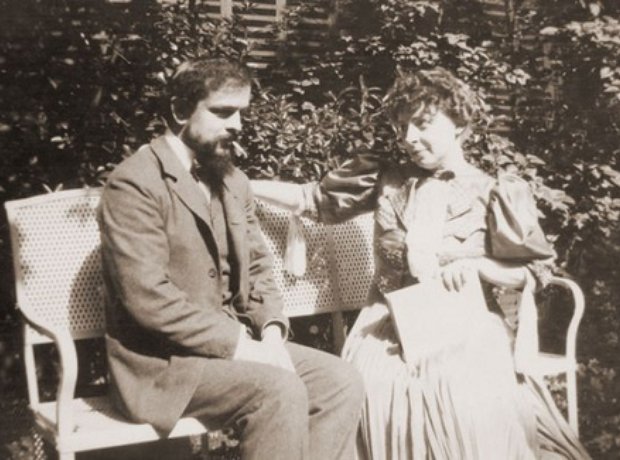
12. Debussy and wife Emma Bardac
His music may be relaxing, but Debussy’s private life was more than a little stressful. He had a number of high profile affairs, broke off an engagement, and left his wife, Rosalie Texier, for Emma Bardac (pictured). The couple were forced to flee to England in 1905 after causing controversy in France.
-

13. La mer
La mer wasn’t well received, after Debussy caused outrage by leaving his wife, but now it’s become one of his best-loved works. He finished this orchestral composition in Eastbourne in 1905.
-

14. Debussy the impressionist?
Debussy’s music is often described as ‘impressionist’, but he wasn’t a fan of the label. He said: “I am trying to do 'something different'...what the imbeciles call 'impressionism', a term which is as poorly used as possible, particularly by the critics.” Ouch.
-
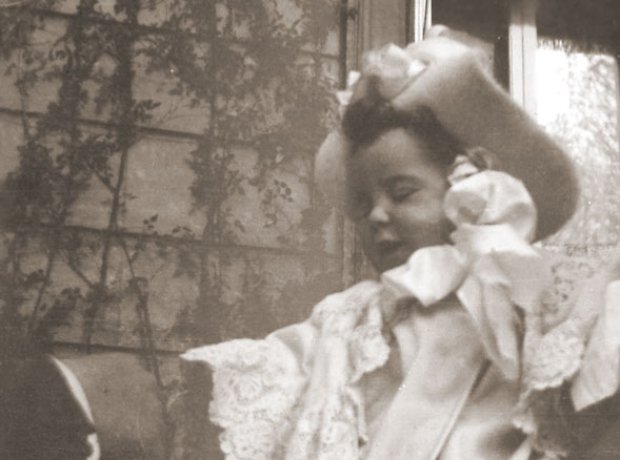
15. Children's Corner
Despite the title, Children’s Corner isn’t actually a piece for children. It was written in 1911 for the composer’s three-year-old daughter, Claude-Emma, and was intended to evoke childhood toys and memories.
-
-
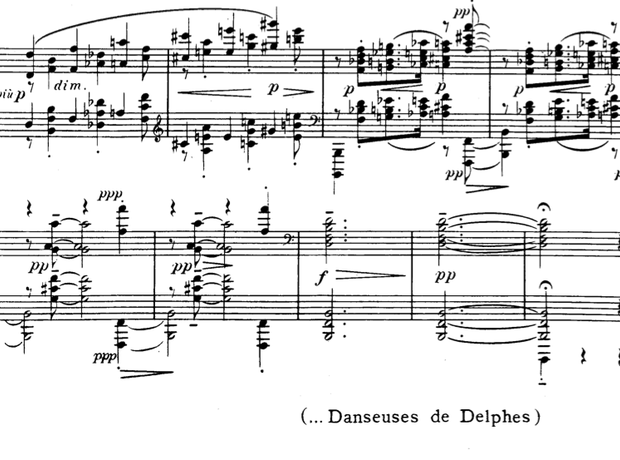
16. Preludes
The two books of Préludes contain some of Debussy’s best-known piano music, split up into two sets of 12 pieces. The first edition included the title in brackets at the end of the music, so the pianists could interpret the music for themselves without being influenced by Debussy’s title.
-

17. La fille aux cheveux de lin (The girl with the flaxen hair)
Smooth and transcendental, it’s easy to see why ‘The girl with the flaxen hair’ is one of Debussy’s most recorded pieces. It’s the eighth piece in the first book of Préludes, from 1909-1910
-
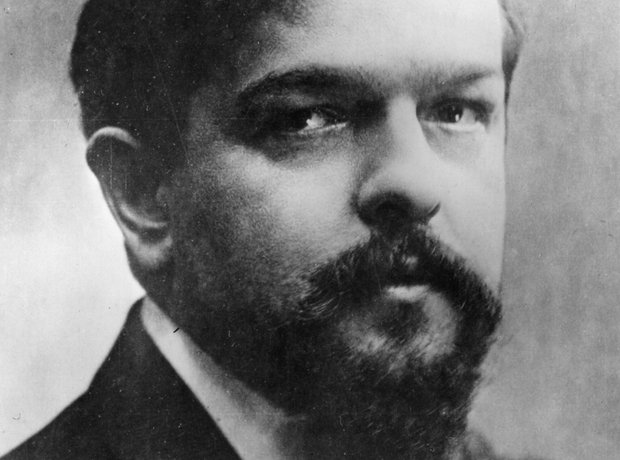
18. Etudes
The remarkable Etudes, composed in 1915, are a warning to pianists not to take up music professionally unless they have remarkable hands. That, at least, is what Debussy thought of his 12 extremely difficult piano masterpieces.
-
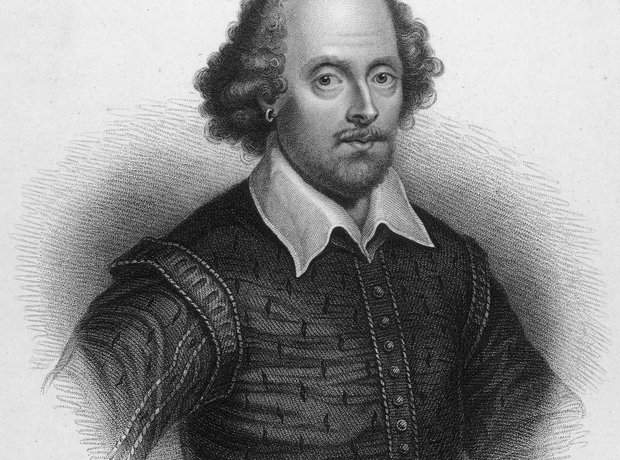
19. Debussy's unfinished works
Debussy only published one opera, but he left lots of operatic projects unfinished, including two based on stories by Edgar Allan Poe: The Devil in the Belfry and The Fall of the House of Usher. He was also considering operas based on Shakespeare's As You Like It.
-

20. Passy Cemetery Paris
After being diagnosed with cancer in 1909, Debussy’s health deteriorated. He died in Paris on 25 March 1918, and is buried in the Passy Cemetery.







